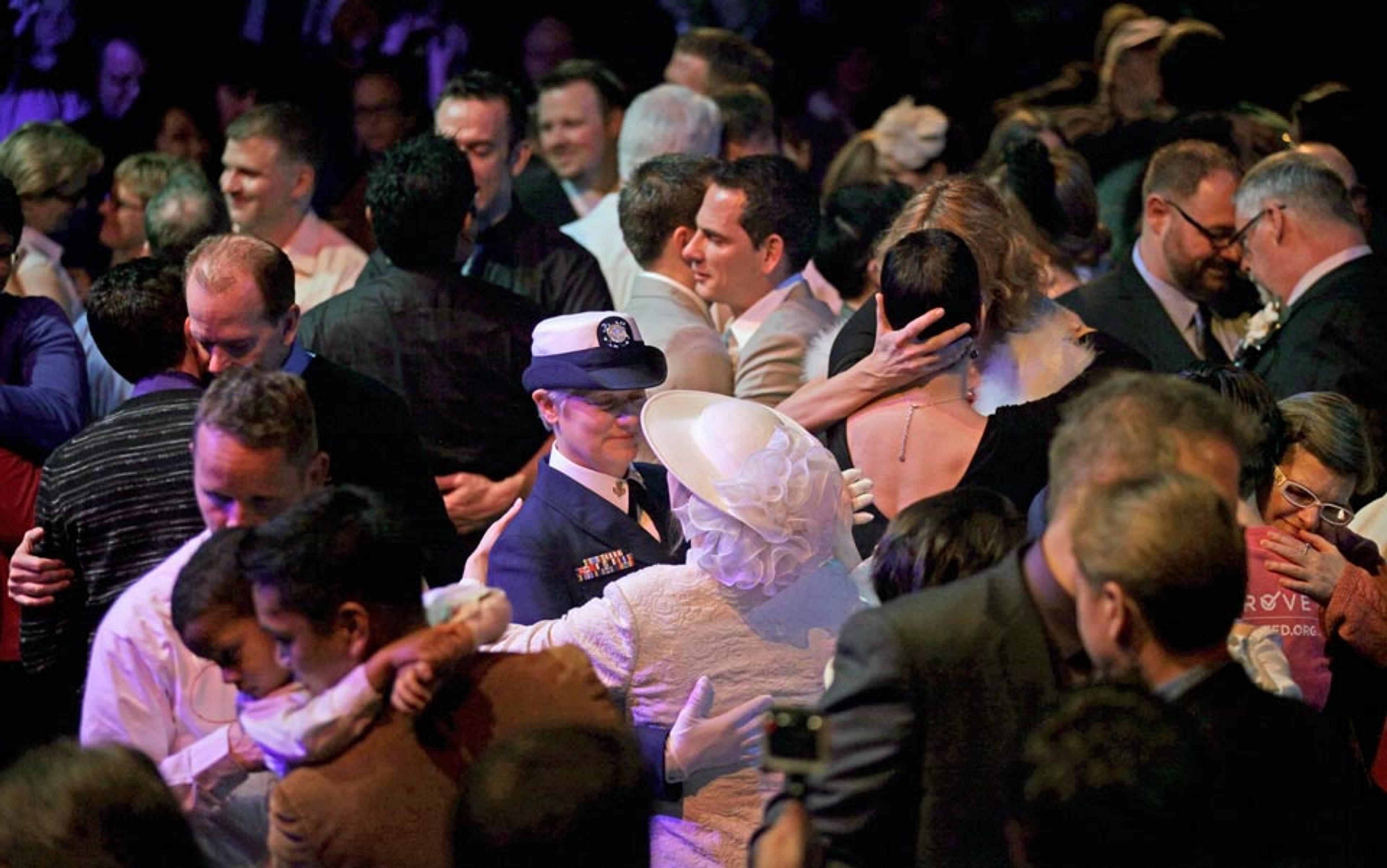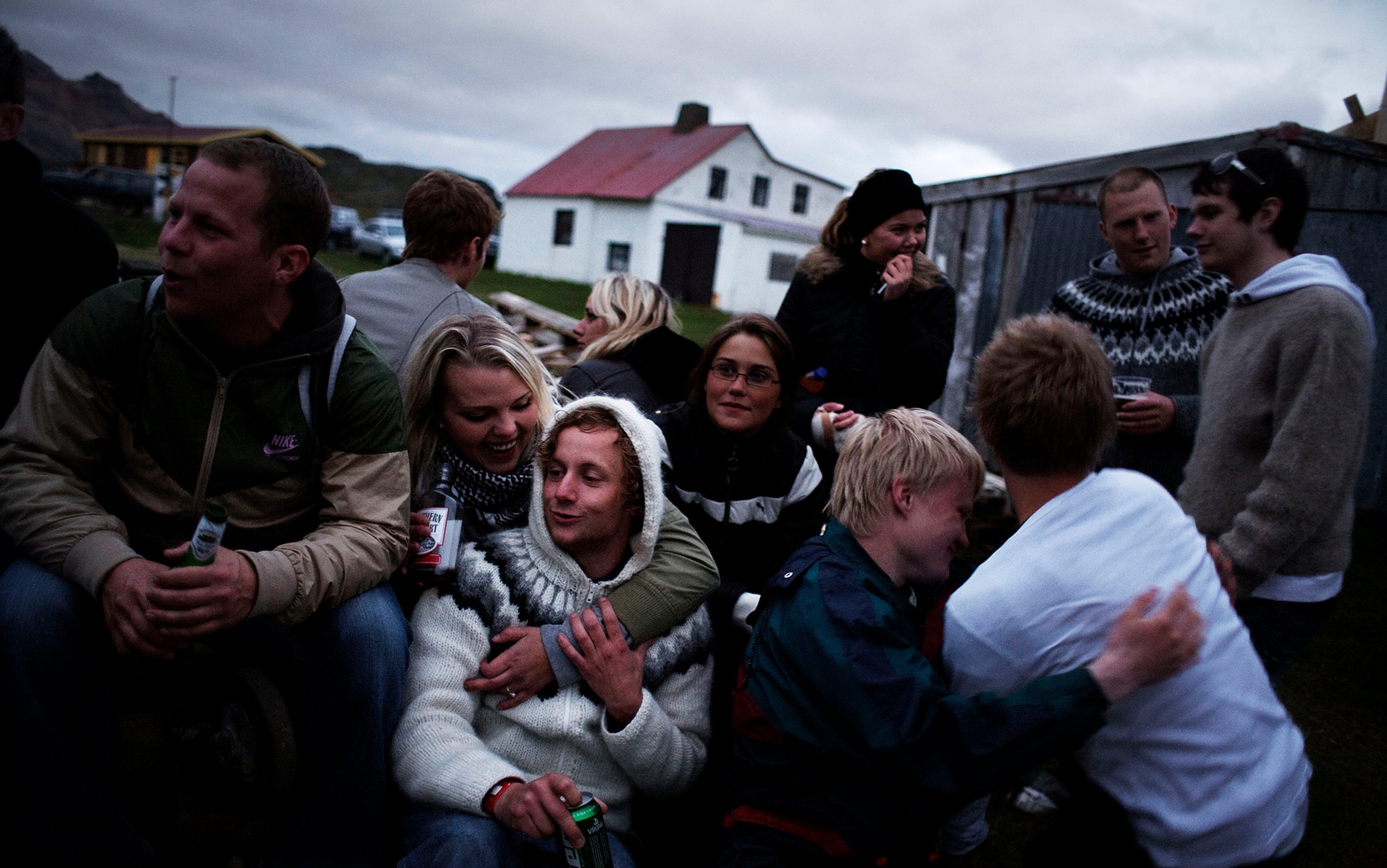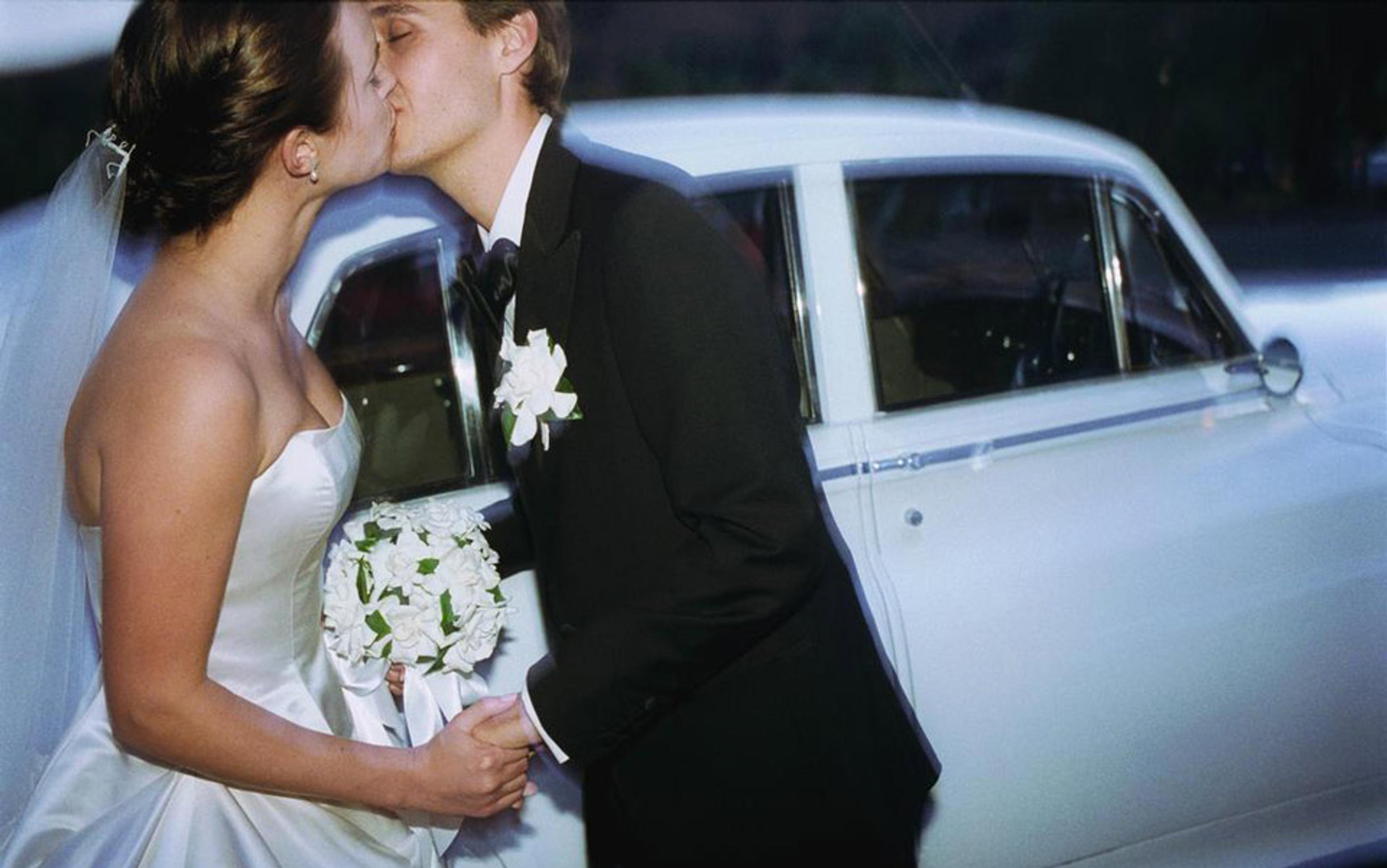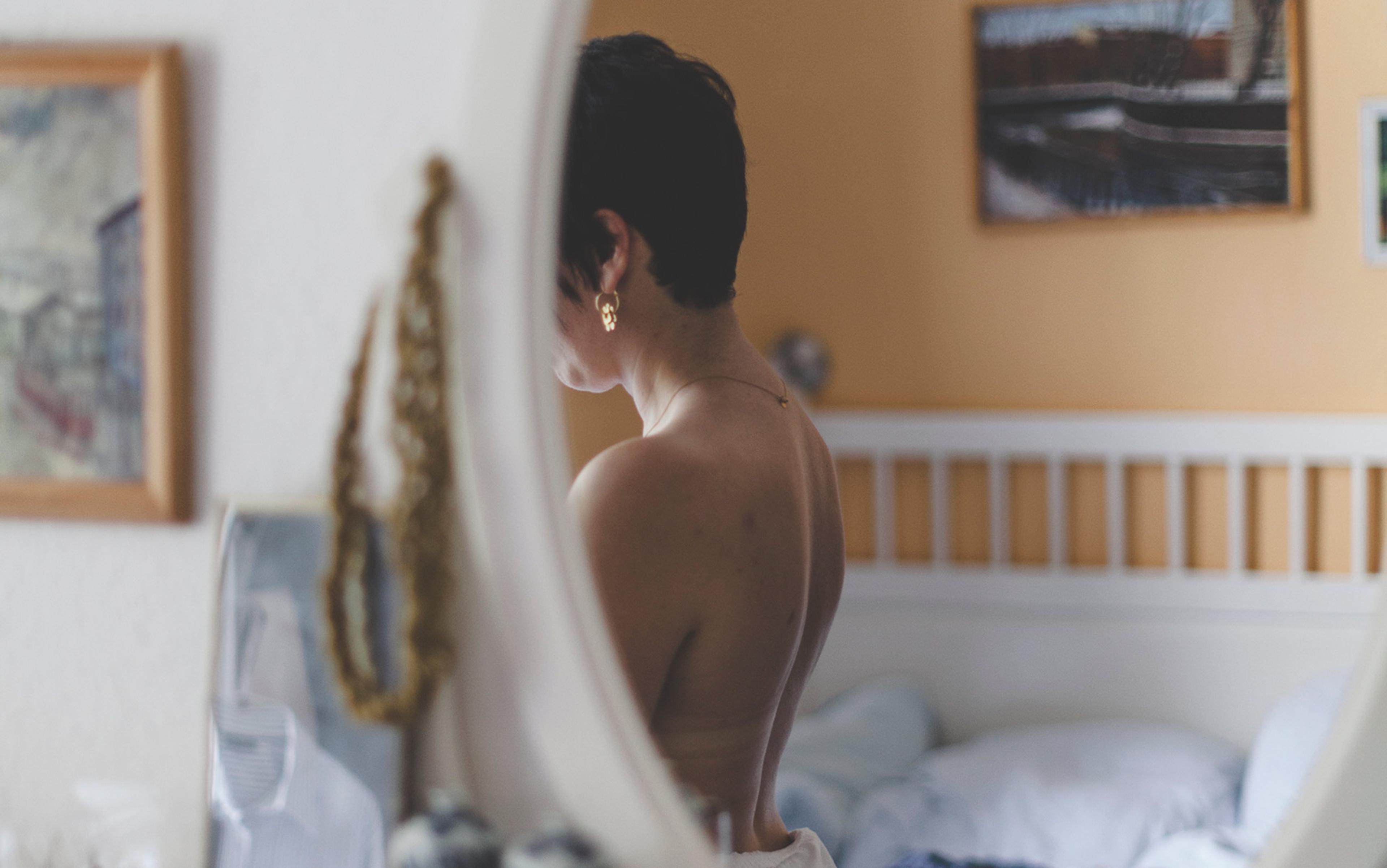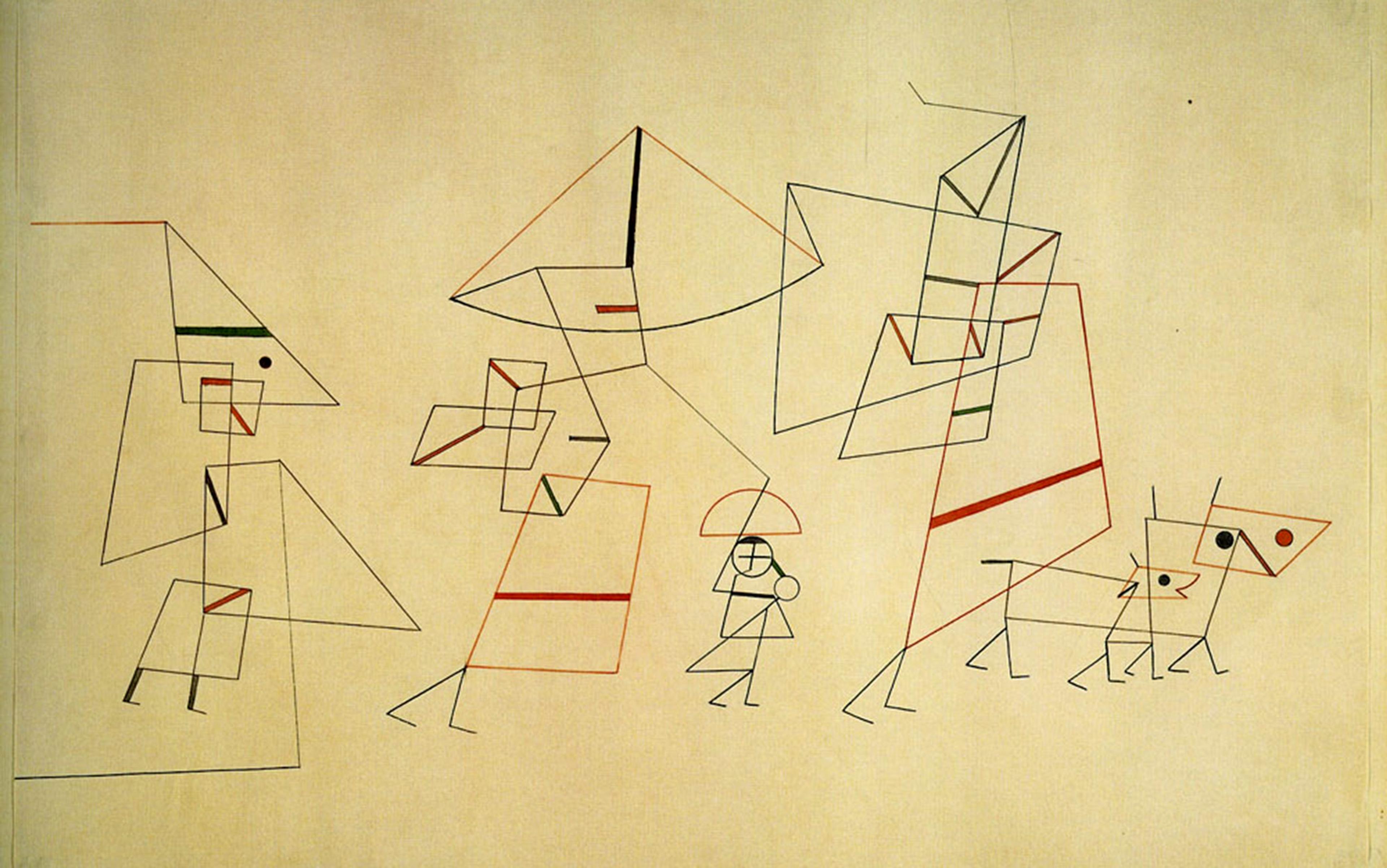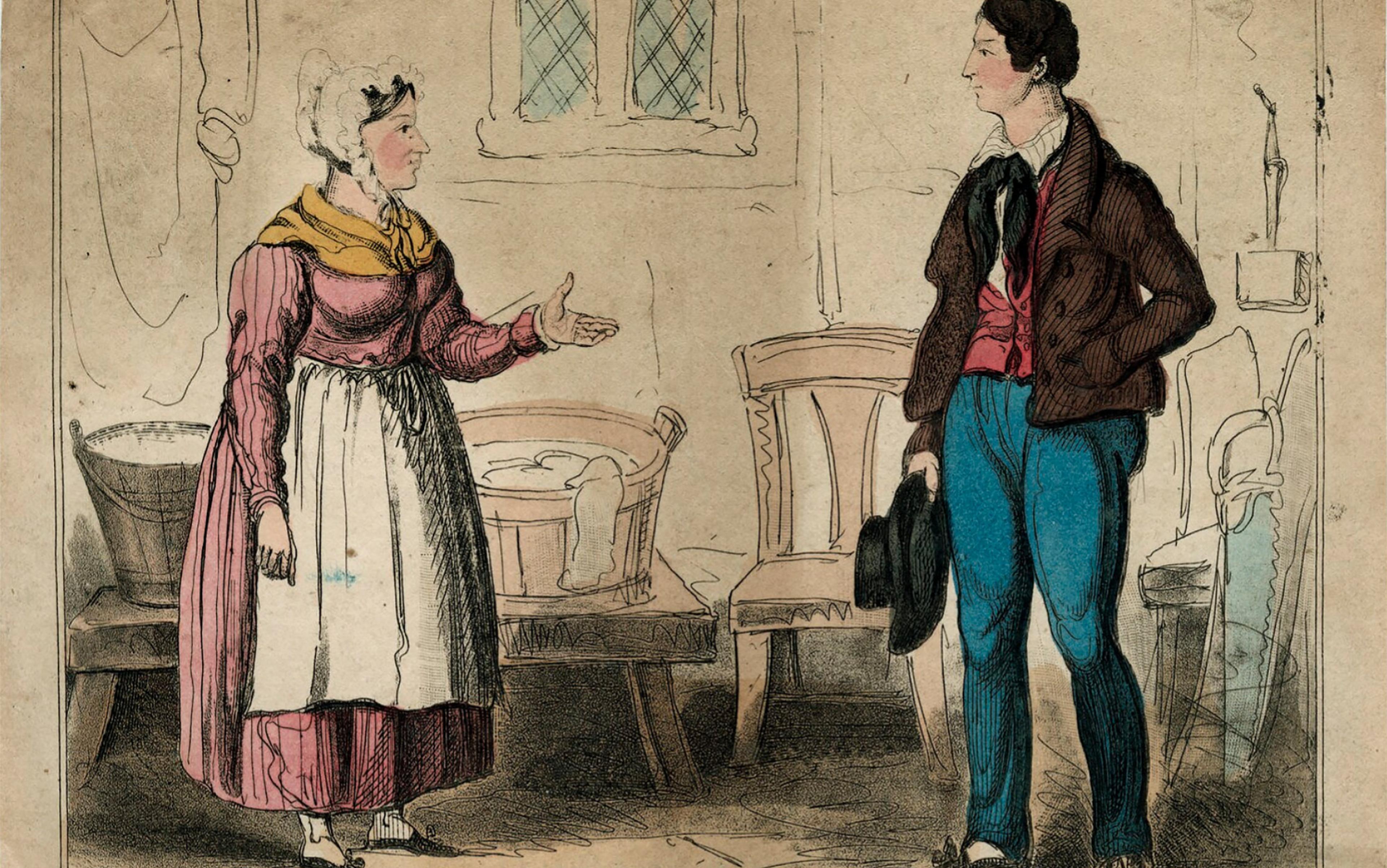Most of the time, getting a marriage licence is an administrative transaction like any other. The piece of paper, the legality of matrimony, is an errand, a bureaucratic checkmark. The real celebration comes later. The everyday realities of marriage arrive later still.
But what happens when that order is reversed? When you’ve had the ceremony and the long years together but no piece of paper, because it wasn’t possible, because your society didn’t allow it? What happens when, suddenly, that sanction is overturned?
On a cold, rainy night in Seattle last December, I saw such a quiet revolution in action. Several hundred couples — some of them couples who had already spent decades together, who had been ‘domestic partners’ for years, who had long since held grand but not legal weddings before their friends and families — lined up for the part of the matrimonial process that most couples do first: the marriage licence.
The result, that night, was a strange mixture of beauty and bureaucracy. Couples kissed and cried as they spent hours in line and filled out paperwork. They carried flowers, tiaras, and signs declaring their years together — as well as lawn chairs, blankets, and thermos flasks. To pass the hours, they shared their stories of meeting each other and falling in love, reflecting with wonder or anger on the time when they thought this day would never come. Some could still hardly believe that, in just a few hours, at 12:01 am, Washington’s law extending the right of marriage to same-sex couples would go into effect.
On one side it read, ‘20 years together.’ On the other: ‘Just married’
The law had actually passed the state legislature more than nine months earlier, but opponents tried to block it by demanding it be put to a popular vote. No state in the nation had ever directly voted in favor of gay marriage — in fact, citizens of 30 states have voted to write bans on same-sex marriage into their very constitutions. Washington’s opponents of gay marriage felt confident that the people would strike this law down, too.
But Americans are rapidly changing their minds about gay marriage. In the decade prior to Washington’s law, according to the Pew Research Center, public opinion on legalising same-sex marriage moved from a majority in opposition (54 per cent) and a minority in support (35 per cent) to roughly equal numbers for and against. In 2012, support for marriage equality took a clear lead for the first time, with 48 per cent in favour, and 43 per cent against.
And on November 6, voters chose to legalise same-sex marriage not only in Washington, but in Maine and Maryland as well.
Issuing marriage licences is never quite like processing real estate documents, Jon Scherer, who does both for King County, Washington, told me. ‘Almost everybody who comes in to get a marriage licence is happy, and we don’t always get to deal with people who are happy.’
A month after that popular vote, on that cold night in Seattle, Kathryn Higgins, one half of the second couple in line, decided that ‘happy’ didn’t begin to describe the emotion of the crowd; she chose ‘giddy’ instead. As the line inched along, couples found themselves serenaded by choirs, hugged and applauded by strangers, presented with roses, chocolates, Champagne, hand-warmers, coffee, and tissues.
The giddiness that Kathryn diagnosed wasn’t just a matter of the singularly dense concentration of happy couples. The long wait and the political battles that had led to this night were part of every conversation, every story — as was talk of the battles still to come. I soon lost count of the number of times I heard the phrase, ‘part of history’.
It was a strange fact that the evening’s shining euphoria was the clear and direct result of a shadowy history. If these couples had always had the same right to marry as everyone else, the joyful scenes would have already unfolded separately, privately, over years and decades. Had this right not been so hard to come by, and still so rare elsewhere, the simple receipt of marriage licences would have been the happy errand it usually is, not the cause of jubilant celebration.
‘It makes it real. It’s like we’ve been practising all this time’
Giddiness, then, but of a strange kind: one mixed with, and strengthened by, solemnity. One man invoked Seamus Heaney; this was a rare moment, he said, ‘when hope and history really do rhyme’.
‘Somebody passed a book through the line,’ another told me. ‘They said to write down your name and how long you’ve been together. These are not newlyweds. These are people who have spent their lives together.’
In the crowd I saw two women holding a sign that captured the night’s strange duality — celebrating the newly possible while remembering the struggle that enabled it. On one side it read, ‘20 years together.’ On the other: ‘Just married.’
On an average Thursday in December, the King County Recorder’s Office in Seattle issues about 40 marriage licences. Couples trickle in over the course of the day, often at lunchtime or just after work, to sign some forms and get handed a licence.
On the first day that same-sex marriage licences became available, the Recorder’s Office opened at midnight and stayed open an unprecedented 18 and a half hours. In the early hours of the morning, the office was issuing a marriage licence every minute. By 3:30 am, it had already surpassed its record for most licences given in a single day; by closing time, they’d issued more than 10 times the usual number.
Still the county had prepared for the rush with extra staff, all of whom had volunteered to work through the night. By the time normal business hours rolled around the next day, couples could walk right in for a licence. The long line, the cold, late-night wait — for most couples they weren’t strictly necessary. But they came anyway: to share their stories, to join in the celebration, to be able to tell their children they were there on the very first day of this momentous new law, or to make a statement about the tardiness of the opportunity. They came to hear the hinges of history creaking open.
And some came with a sense of personal urgency. Kathryn and her partner, JoIda Reed, had tried to get legally married once before, when San Francisco briefly offered licences to same-sex couples in 2004. That time they had been turned away by long lines, and the opportunity slipped away. Lesson learned, said JoIda, explaining why the couple got in line seven hours before midnight: ‘When it’s important, you want to be there early.’ Besides, they had a wedding planned, in three days’ time, the minimum waiting period between licence and ceremony.
I asked a number of couples how much earlier they might have got married, if they’d had the option. The question gave most of them pause. ‘When it’s not even on the table, the calculus is different,’ one man explained — but not Kathryn and JoIda. ‘Oh, we would have gotten married the first weekend we got together,’ Kathryn answered immediately. ‘We were that sure.’ Both former air traffic controllers, they met at a conference more than 15 years ago; Kathryn kept extending her trip. ‘My co-workers took bets on whether I’d come back married.’
And yet, said JoIda, even after 15 years, the chance to get legally married felt like an affirmation. ‘It makes it real. It’s like we’ve been practising all this time.’
Far down the line, minutes from midnight, I met Patt Pope and Tony Ventura, both with white hair, long coats, and folding chairs. They had been together for 26 years. Finally getting married, Patt said, would be something of an anticlimax. Patt hadn’t wanted to wait in the cold for a licence, but they, too, planned to get married on the first legal day, three days later.
‘I asked him, “You mean we might be in line until 4 am?”’ said Patt. ‘It didn’t sound too fun.’ Tony interrupted, ‘But it is fun!’
The crowd began to count down the seconds until midnight, when the first couples would enter the building and receive licences. Patt and Tony held hands as we joined in the countdown. ‘It’s like New Year’s Eve!’ cried Patt. To a roar of applause, the first couples began streaming inside.
‘It will never be such a big deal again — it will just be normal’
Long into the night, a crowd waited outside the building’s exit, on another street, to cheer the newly licenced couples (and a certain sheepish lone reporter) as they emerged. It felt, at first, like a gaggle of fans outside a movie premiere. As Pete-e Peterson and Jane Abbott Lighty came through, ages 85 and 77 and chosen to receive the first licence in recognition of their long work on marriage equality, I heard someone shout, ‘I met them!’
In the crowd, I met a straight married couple, Erin Conroy and Dan Baggott, who had walked up to the Recorder’s Office after seeing the band the Shins play nearby. When I asked why, Erin’s voice broke almost immediately. ‘We’re newly pregnant, and we’re so grateful that our child will grow up in a state where he can marry anybody he wants to. We are so proud today that our marriage licence is from Washington.’
Two by two, the newly licenced passed through the crowd. Some smiled and shyly ducked their heads, and some held their fists high and whooped. Nearly everyone looked surprised at the size of the welcome. ‘People’s faces would light up,’ said Dan. ‘I think it meant a lot to them to have their love recognised and supported.’ I ran into Kathryn and JoIda, tears in eyes and licence in hand, and we hugged like old friends.
I wasn’t the only one getting high off the emotions of the evening. ‘It’s amazing to go to one wedding and celebrate love,’ said Erin. ‘But hundreds of couples at once — I’ve never felt anything like it.’
The cake, decorated with poinsettias and a rainbow, bore two messages (‘Faith Hope Love’ and ‘We did it!’) and two names — Kathryn Higgins and JoIda Reed. My new friends had signed up for one of several weddings that a local botanical garden had offered to same-sex couples on the first day of legal marriage. There were extra slots on their guest list, so they invited me along.
At the ceremony, Kathryn carried a bouquet and JoIda wore a boutonnière. A friend played a song called ‘Grateful’ on her guitar. JoIda had to hold Kathryn’s shaking hand so it was still enough to slide a ring on to her finger. They cried, their guests cried, and so did I. Behind us, photographers for local press snapped pictures. ‘I’ve never been to a wedding with so much paparazzi!’ I heard one of their friends say.
Later, at the reception, we drank Champagne and ate pork sandwiches and cake. Kathryn and JoIda toasted one another, weeping again. We talked about airline gossip (most of their guests were co-workers at the Federal Aviation Administration), their forthcoming honeymoon, their granddaughter, and how the Supreme Court might rule on pending same-sex marriage cases.
‘It’ll never be like this again,’ one guest told me. ‘It will never be such a big deal again — it will just be normal.
‘Normal,’ it seemed, was the word that was starting to replace ‘historic’. A week later, I asked Jon Scherer, the county recording manager, if things had settled back down. Not quite, he said — the numbers of licences were still higher than usual, thanks to the additional needs of a demographic wholly new to the system. ‘But one of the things that I’m most happy with is how it’s become normal now. People come in, and we get their paperwork. It’s not an odd thing, it’s not something different that we have to plan for — it’s now just part of our normal, daily operations.’
I remembered a moment on the steps outside the Recorder’s Office. Pete-e Peterson and Jane Abbott Lighty had just emerged, and were being interviewed under the bright lights of a television camera. A few feet away, just outside of the spotlight, a much younger pair of women watched, embracing. After a few minutes, they walked away down the dark street, hands clasped, unnoticed by the cameras.
Beyond the spotlight, lives quietly changed to the new normal.
